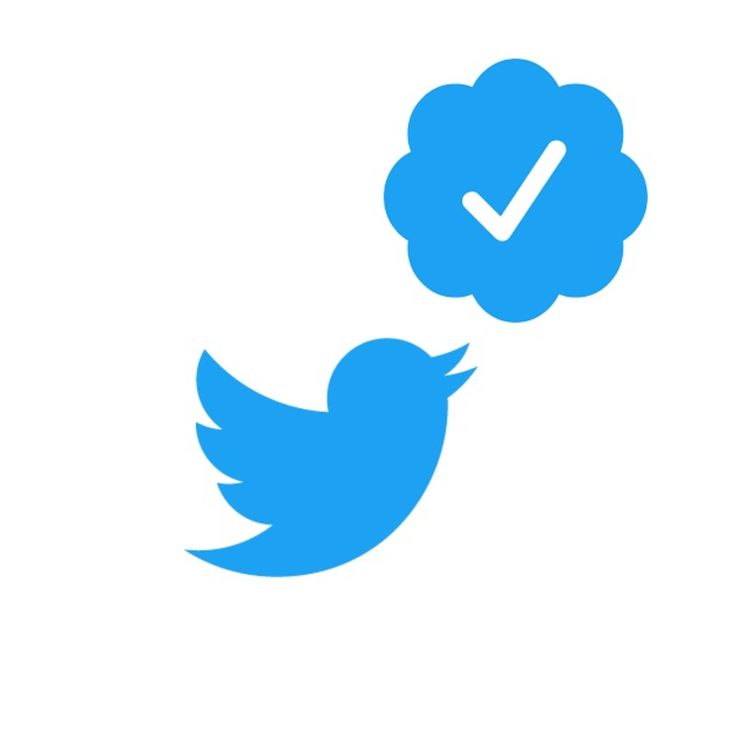Elon Musk, CEO of Tesla and SpaceX, has proposed a new way for blue tick users on Twitter to generate ad revenue. This idea came about when he tweeted that he was thinking about offering a premium version of Twitter for blue tick users. This premium version would allow them to earn revenue from their tweets through advertisements.

What is the plan?
The plan is simple: blue tick users would have the option to include advertisements in their tweets, and Twitter would split the revenue with the user. This would provide a new source of income for blue tick users and also help Twitter generate ad revenue. The advertisements would be served as sponsored tweets, and users would have the option to choose which advertisements they would like to show in their tweets.
The concept of revenue-sharing for blue tick users is not new. Many social media platforms already offer revenue-sharing programs for their content creators. However, what makes Elon Musk’s proposal unique is the focus on blue-tick users. Blue ticks are verified users on Twitter who have a high level of influence and credibility. This makes them ideal targets for advertisers who want to reach a large and engaged audience.
What impact does Elon Musk’s proposal have?
One of the benefits of this proposal is that it would provide a new source of income for blue tick users. Many blue tick users rely on social media to generate income, either through advertising or sponsorship deals. With Elon Musk’s proposal, they would have the opportunity to earn money through their tweets without having to seek out advertisers or sponsors actively.
Another benefit is that it would help Twitter generate ad revenue. With the rise of ad-blocking software, it has become increasingly difficult for social media platforms to generate ad revenue. By offering a new way for blue tick users to earn money through advertisements, Twitter would be able to increase its ad revenue and provide more value to its advertisers.
In addition, this proposal could also help Twitter grow its user base. By offering a new way for blue tick users to generate income, Twitter would become a more attractive platform for content creators. This, in turn, would attract more users to the platform and help Twitter grow its user base.
Are there any downsides to this?
There are also potential downsides to this proposal. One of the biggest concerns is that the advertisements might be intrusive or annoying to users. If users are bombarded with too many advertisements, they might start to lose interest in the platform or even leave it altogether. To avoid this, Twitter would need to implement strict controls over the advertisements that are served to users.
Another concern is that the revenue generated from advertisements might be too low to provide a meaningful source of income for blue tick users. The revenue would depend on the number of impressions the advertisements generate, and there is no guarantee that the revenue would be sufficient to provide a meaningful source of income.
Finally, there is the issue of user privacy. With advertisements being served in tweets, there is a risk that user data could be collected and used for advertising purposes. Twitter would need to implement strict privacy controls to ensure that user data is not misused.
Weigh the highs and lows, Elon!
In conclusion, Elon Musk’s proposal to generate ad revenue for blue tick users on Twitter has the potential to provide a new source of income for blue tick users and help Twitter generate ad revenue. However, there are also potential downsides to the proposal, including the potential for intrusive or annoying advertisements, low revenue, and privacy concerns. To succeed, Twitter would need to implement strict controls over the advertisements that are served to users and ensure that user data is protected.
(Also read: Elon Musk is looking for foolish to be a new Twitter CEO)



